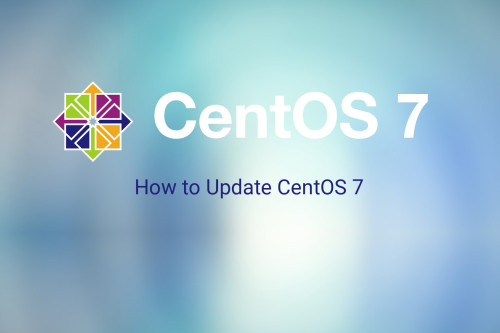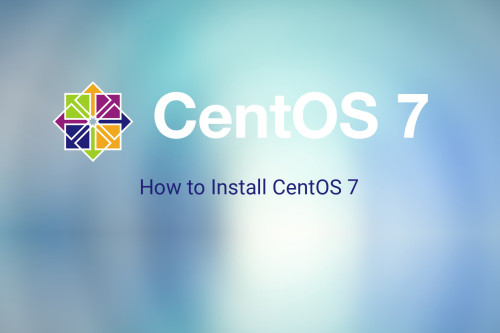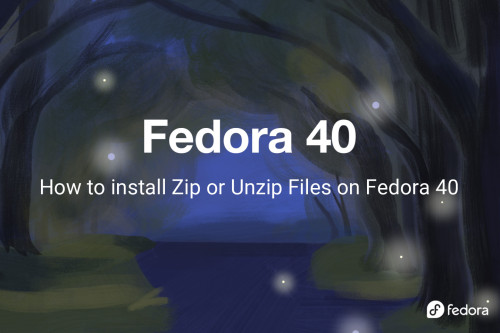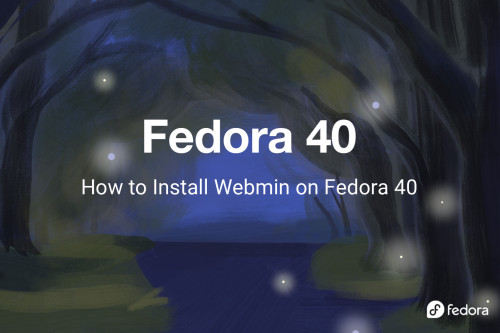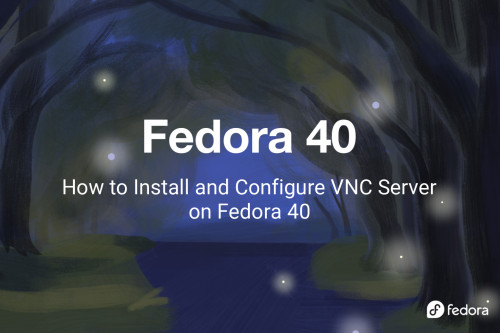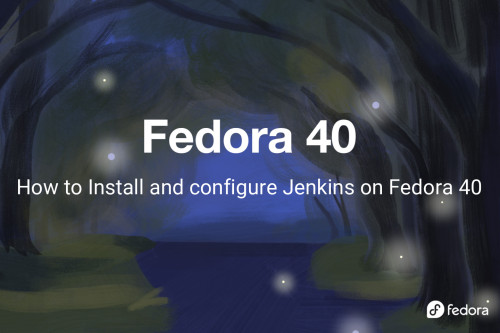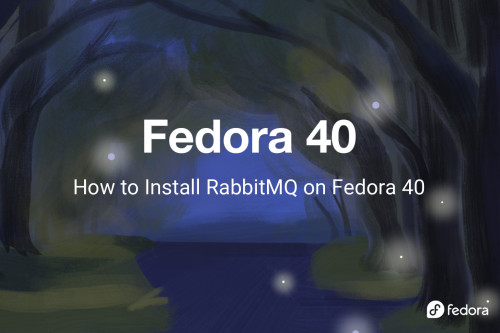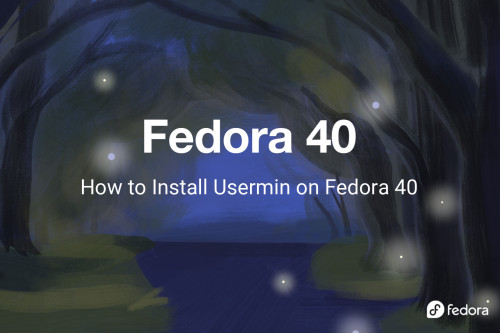Posts
How to Update CentOS 7
To update CentOS 7, follow these steps.Step 1 : Open a terminal or establish an SSH connection to your CentOS 7 server.Step 2 : Run the following command to check for available updates:sudo yum check-update Step 3 : Proceed with updating the system by executing:sudo yum -y update Step 4 : If necessary, reboot your system to apply the updates:sudo reboot Congratulations! You have successfully updated your CentOS 7 system.
How to Install CentOS 7
To install CentOS 7, follow these steps:Step 1 : Boot from the DVD or USB.Step 2 : Select "Install CentOS 7."Step 3 : Choose your preferred language.Step 4 : In the Installation Summary screen, click "Installation Destination" and select the disk.Step 5 : If everything is correct, click "Done" to return to the Installation Summary.Step 6 : Click "Begin Installation."Step 7 : Click "Root Password."Step 8 : Enter the password.Step 9 : Click "Done".Step 10 : Wait for the installation process to com
How to Create Bootable USB installer for CentOS 7
To create a bootable USB installer for CentOS 7, follow these steps:Step 1 : Download CentOS 7 ISO from https://centos.org/download/.Step 2 : Download Rufus from https://rufus.ie.Step 3 : Insert your USB flash drive.Step 4 : Open Rufus.Step 5 : Configure Rufus- Select your USB flash drive from the "Device" dropdown menu.- Click on the "Select" button next to "Boot Selection" and navigate to the location where you downloaded the CentOS 7 ISO file. Select the ISO file.- Leave the partition scheme
CentOS 7 Guides
CentOS 7 is an open-source operating system developed based on the distribution of RHEL. It is designed for both desktop and server environments, providing a reliable, secure, and user-friendly platform.Table of ContentsInstallHow to Create Bootable USB installer for CentOS 7How to Install CentOS 7InitialHow to Update CentOS 7How To Install FirewallD on CentOS 7How to Configure SELinux on CentOS 7How to Manage Network interfaces on CentOS 7How to Configure Static IP Address on CentOS 7How to Ena
How to install Zip or Unzip Files on Fedora 40
To install Zip or Unzip files on Fedora 40, follow these steps.Step 1 : Ensure your system is up-to-date by running the following command:sudo dnf update Step 2 : Install zip and unzip utilities using the following command:sudo dnf install zip unzip Step 3 : To create a zip archive, use the following syntax:zip -r archive_name.zip directory_to_compress/ For example:zip -r my_archive.zip /path/to/directory Step 4 : To unzip a zip archive, use the following syntax:unzip archive_name.zip For exampl
How to Install and Use rsync on Fedora 40
To install and use rsync on Fedora 40, follow these steps:Step 1 : First, ensure your package manager is up-to-date by running:sudo dnf update Step 2 : Next, install rsync using the following command:sudo dnf install rsync Step 3 : Copying files locally- To copy files locally using rsync, you can use the following syntax:rsync -avzh /source_directory /destination_directory Step 4 : Uploading to a remote server- To upload files to a remote server using rsync, you can use a command similar to this
How To Install Elasticsearch on Fedora 40
To install Elasticsearch on Fedora 40, follow these steps:Step 1 : Update your system.sudo dnf update Step 2 : Install Java.sudo dnf install java-21-openjdk Step 3 : Check the Java version.java -version Step 4 : Import the Elasticsearch PGP key.sudo rpm --import https://artifacts.elastic.co/GPG-KEY-elasticsearch Step 5 : Create the Elasticsearch repository file and add the following code.sudo nano /etc/yum.repos.d/elasticsearch.repo Add the following lines:[elasticsearch] name=Elasticsearch repo
How to Install Webmin on Fedora 40
To install Webmin on Fedora 40, follow the steps below:Step 1 : Update System Packagessudo dnf update Step 2 : Install dependencies: wget, openssl, perlsudo dnf install wget openssl perl Step 3 : Download GPG keywget https://download.webmin.com/developers-key.asc Step 4 : Import GPG keysudo rpm --import developers-key.asc Step 5 : Download Webmin RPMwget http://www.webmin.com/download/rpm/webmin-current.rpm Step 6 : Install Webminsudo rpm -Uvh webmin-current.rpm - If installation fails due to mi
How to Install and Configure VNC Server on Fedora 40
To install VNC Server on Fedora 40, follow the steps below.Step 1 : Update System Packagessudo dnf update Step 2 : Install XFCE Desktop Environmentsudo dnf install @xfce-desktop-environment Step 3 : Install TigerVNC Serversudo dnf install tigervnc-server Step 4 : Set up VNC Passwordvncpasswd Step 5 : Create a Configuration Filenano ~/.vnc/xstartup - Add the following lines to the file:#!/bin/bash xrdb $HOME/.Xresources startxfce4 & Step 6 : Change Permissionschmod +x ~/.vnc/xstartup Step 7
How to Install and configure Jenkins on Fedora 40
To install Jenkins on Fedora 40, follow the steps below.Step 1 : Update:sudo dnf update Step 2 : Install OpenJDK:sudo dnf install java-17-openjdk Step 3 : Add Jenkins repository key:sudo rpm --import https://pkg.jenkins.io/redhat-stable/jenkins.io-2023.key Step 4 : Add Jenkins repository:sudo wget -O /etc/yum.repos.d/jenkins.repo \ https://pkg.jenkins.io/redhat-stable/jenkins.repo Step 5 : Install Jenkins:sudo dnf install jenkins Step 6 : Start Jenkins:sudo systemctl start jenkins
How To Install Memcached on Fedora 40
To install Memcached on Fedora 40, follow the steps below.Step 1 : Update:sudo dnf update Step 2 : Install Memcached:sudo dnf install memcached Step 3 : Start and enable Memcached:sudo systemctl start memcached sudo systemctl enable memcached Step 4 : Check status:sudo systemctl status memcached Congratulations! You have successfully installed Memcached on Fedora 40.
How to Install RabbitMQ on Fedora 40
To install RabbitMQ on Fedora 40, follow the steps below:Step 1 : Update:sudo dnf update Step 2 : Import RabbitMQ, Erlang key:## primary RabbitMQ signing key rpm --import 'https://github.com/rabbitmq/signing-keys/releases/download/3.0/rabbitmq-release-signing-key.asc' ## modern Erlang repository rpm --import 'https://github.com/rabbitmq/signing-keys/releases/download/3.0/cloudsmith.rabbitmq-erlang.E495BB49CC4BBE5B.key' ## RabbitMQ server repository rpm --import 'https://github.com/rabbitmq/signi
How to Install Usermin on Fedora 40
To install Usermin on Fedora 40, follow these steps:Step 1 : Update System Packagessudo dnf update Step 2 : Download GPG keywget https://download.webmin.com/developers-key.asc Step 3 : Download Usermin RPMwget http://www.webmin.com/download/rpm/usermin-current.rpm Step 4 : Import GPG keysudo rpm --import developers-key.asc Step 5 : Install Userminsudo rpm -Uvh usermin-current.rpm Step 6 : If installation fails due to missing dependencies, install them. For example:sudo dnf install perl ope
How to Install Git on Fedora 40
To install Git on Fedora 40, follow the steps below.Step 1 : First, ensure your system's package index is up-to-date by running:sudo dnf update Step 2 : After updating, you can install Git by running:sudo dnf install git Step 3 : Once Git is installed, verify the installation by checking the version:git --version Step 4 : Set up your global username and email for Git by using the following commands:git config --global user.name "Your Name" git config --global user.email "your_email@example.com"
How to Set Up Nginx as a Reverse Proxy Server for PM2 on Fedora 40
To set up Nginx as a reverse proxy server for PM2 on Fedora 40, follow the steps below.Step 1 : First, install Nginx using the package manager:sudo dnf install nginx Step 2 : Create a new configuration file for your app:sudo nano /etc/nginx/conf.d/example.com.conf Inside the file, add the following configuration:server { listen 80; server_name example.com; location / { proxy_pass http://localhost:your_pm2_app_port; &n
